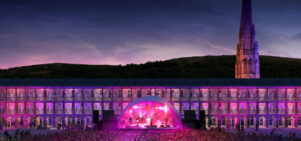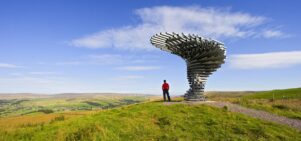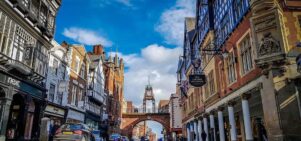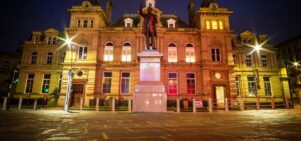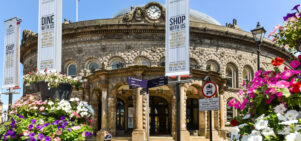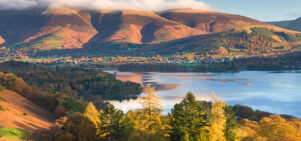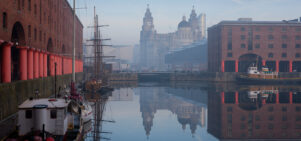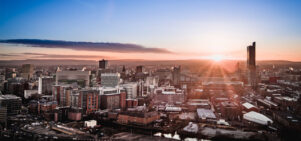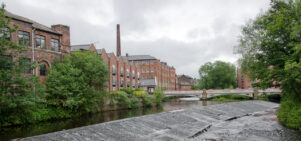Graham Sutherland’s strange days: Exultant Strangeness at Abbot Hall
David BanningKendal’s gem of a gallery stages the region’s first exhibition dedicated to the seminal landscape painter’s work.
Barely eighteen months on from its 50th anniversary celebrations, the Abbot Hall in Kendal stages another seminal event. This time it’s Exultant Strangeness, the North West’s first exhibition of visionary landscape painter Graham Sutherland. Featuring over 40 paintings and works on paper, the show charts the development of an artist who aborted a career as a railway engineer to study engraving and eventually become one of the most prolific names in twentieth century art.
Taking its title from Sutherland’s description of the Pembrokeshire coast, Exultant Strangeness explores the painter’s evolving responses to the natural world. The first room focuses on his early work, displaying Samuel Palmer-esque etchings alongside depictions of exaggerated natural forms and surrealist shapes. “Red Tree” sees Sutherland move towards semi-abstract compositions, with twisting curves and contorted shapes that reference Picasso, Moore and Miró, whilst the glowing red background evokes Francis Bacon’s panels of colour.
Sutherland was driven by his repulsion at the growth of industrialisation
But the similarities between Sutherland and Bacon stop there. Whilst Bacon’s work exudes violence and anti-humanist sentiment, Sutherland was driven by his repulsion at the growth of industrialisation. He defiantly documented the natural world with sketches of rock formations and tree roots on the back of envelopes; displayed here alongside the completed paintings. “Green Tree Form” stands as the exhibition’s showpiece. Painted in Pembrokeshire at the onset of the Second World War, it’s depiction of a contorted torso dominates the sightline and shows Sutherland’s ability to turn natural forms into strangely human-like tones. Man battles against the elements again in “Rocky Landscape with Sullen Sky,” a painting that conjures up a brooding, fractured landscape and hints at the influence of contemporaries Paul Nash and John Piper. Unsurprisingly, Sutherland’s work becomes comparably lighter after his move to a villa in the south of France in 1947. “Landscape, near Nice” replaces shrill colours and charred remains with swathes of scarlet red, fuchsia and bright yellow; borrowing heavily from Matisse. In 1967, Sutherland’s style changed again as he returned to the Wales and fell in love with its arresting valleys and dark hills. The exhibition’s concluding section charts his infatuation with the Welsh coastline: “Trees with a G-shaped Form” is rich with distinctive greens and purplish hue whilst the landscape of “Green Tree Forms” melts away before our eyes.
Exultant Strangeness doesn’t provide us with the replica of a viewpoint; rather it captures Sutherland’s ability to re-design the landscapes he encountered by creating esoteric backdrops and otherworldly images. When he painted, he looked at the world differently, provoking and feeding the imagination in equal measure.

